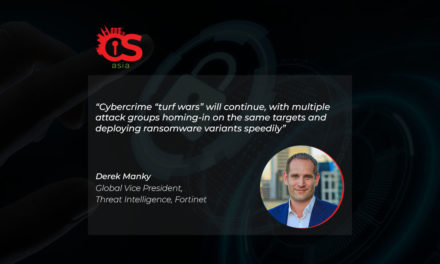The race among LTE, Wifi, 5G and DSRC to dominate connectivity protocols rages on, but security is still the top priority.
The volume of data on board vehicles is growing, as are on-board processing and communications needs. While 5G may address the current vehicle-to-everything (V2X) needs, the importance of vehicle endpoint and network security is an ever-increasing issue.
The security aspects need to be ready for whichever channels V2X comes over on—whether or not that is 5G. While there is a lot of 5G hype surrounding the automotive industry it is, however, still being debated within the industry whether 5G is a requirement for V2X.
Either way, industry standards are crucial for V2X and industry players are moving a step forward in establishing these. In June 2019, with the help of Autotalks, China’s Datang successfully tested chipset-level interoperability of its respective solutions for C-V2X direct communication.
The solution allows vehicles with different chipsets to communicate with one another: a prerequisite for mass deployment of C-V2X. The test enabled both companies to validate their solutions and determine that they ‘interwork’ properly according to 3GPP Rel. 14 standards and demonstrated the readiness of the standalone PC5 solutions in the expected wave of C-V2X deployments in China. With this development, China seems to have taken the lead and could set standards in connected transport systems with the launch of the country’s citywide LTE-based V2X pilot project.
The drive for 5G in the connected vehicle future
In addition to the pilot project, Baidu, the operator of China’s largest online search engine, entered the fray of the autonomous vehicle segment when it completed the country’s first autonomous driving road test based on a 5G network environment. In addition, in June this year Chinese manufacturer, Yutong Bus trialed four electric self-driving buses based on 5G connectivity.
However, the debate over 5G in this environment continues. For the past decade, Europe had worked hard to standardize V2X services and earlier this year, the EU Commission and Parliament reached a decision to establish DSRC as the baseline for V2X communication. However, this was overturned recently.
In July, 21 EU countries voted against a European Commission plan to adopt for short-range Wi-Fi and shut out 5G cellular car links. The decision opens the door to 5G-connected cars in Europe, but will not preclude Wi-Fi from being used as well; this is important for original equipment manufacturers (OEMs) across the globe. With the open-ended approach, allowing for both 5G and Wi-Fi usage, the EU may have just prevented a 5G vendors revolt.
China is also moving fast forward in the global “race to 5G.” State-owned carrier China Mobile is building the first 5G smart highway, which is currently under construction, in Wuhan, the capital of China’s centrally-located Hubei Province. (Editors’ note: The pandemic outbreak has probably put a damper on development for now.)
This 5G smart highway is a city-scale system of roads capable of supporting cellular network-coordinated transportation services, a major step for the country in the push towards driverless car technology, security and standardization. Singapore and Malaysia are also in the race to reap the benefits of the 5G ‘revolution’.
Singapore’s Infocomm Media Development Authority (IMDA) will allocate four 5G networks for mobile network operators instead of two, and these trials will be at Science Parks 1 and 2. They start with intelligent mobility solutions for last-mile passenger transport before being opened to other tenants to test 5G solutions that support business innovation.
The importance of V2X security
While discussions about 5G around the world continue the automotive industry has been moving ahead with DSRC for V2V and V2X. The reality is, OEMs remain focused on DSRC currently because of the reduced complexity (from one car to another directly—fewer points of error and compromise). The key question around V2X however, is what can securely be done to a level that the OEMs will trust. Currently, the trust of V2V or V2X information is not there to nearly to the same extent that there is trust in LIDAR, Video, or other input technologies, due to the risk of cyberthreats.
While 5G may be important in the future, the key thing for OEMs is to look at the security and vulnerability concerns of V2X no matter how it is delivered. Security needs to be maintained through 4G, 5G, and so on; there will need for safeguards in place to ensure 5G does not expose vulnerabilities.
It remains to be seen if connected and autonomous vehicles will become the key application for 5G. In the early days, it must be remembered that 5G networks will only be present in some cities, so it must be combined with other connections. 5G promises low latency and great bandwidth and can certainly accomplish the V2X requirements as they evolve. However, the importance of protecting against threats throughout the vehicle and across all communications remains of paramount importance.

















